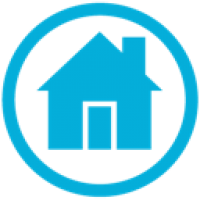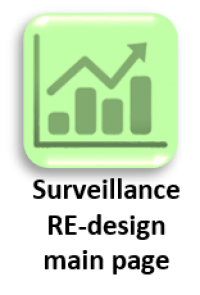Table of Contents
Once samples are analysed by the laboratories or interpreted by personnel, it is expected that the results of those analyses will be reviewed by epidemiologists and other involved in the study design for this surveillance component.
12.1 Are there any epidemiological DATA that need to be collected?
Besides the data coming from analyses of the sample/data collected as the main goal of this surveillance activity, is there other information that needs to be collected in order to enable epidemiological analyses (for instance population information needed to assess representativeness)? Details should be described, such as:
- the nature of the data – variables required & format eg electronic, paper records
- who collects it and from where
- How will it be stored and merged with the main surveillance data, etc
12.2 WHO will perform the analyses?
Who will be responsible for performing the analysis and the epidemiological team supporting the surveillance component? Level of expertise and skills should be considered.
12.3 HOW will epidemiological analyses be performed?
What kind of analyses are needed and what kind of outputs are expected? This may range from a single judgement about further investigation in the case of a notifiable disease or complex statistical analysis to estimate prevalence (including methods to adjust prevalence estimates to take into account test imperfections or from data obtained using risk based approaches) or evaluate evidence for freedom from disease. If necessary, the surveillance designers should consult a statistician for advice about the most appropriate methods.
12.4 WHEN/HOW OFTEN?
What is the frequency of epidemiological analysis, bearing in mind the surveillance goal? For instance:
- As soon as received (immediate/real-time).
- In a fixed schedule eg weekly, monthly.
- In batches after a certain number of samples is reached.
12.5 Training
It should be considered whether whether epidemiological training is needed (who, when, how, etc).
12.6 Data management needs
What are the expected data management needs? Do current data management capabilities attend those? Are new data entry forms required or adaptations to current database.











